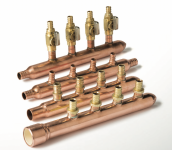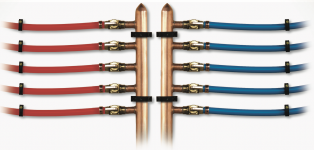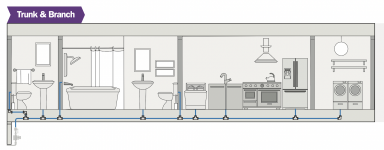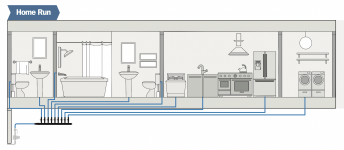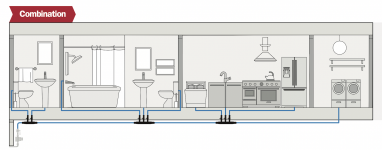Yardbird said:
When I received the unit, I was surprised at how much gas they pulled. I guess I was thinking when a furnace is 80,000 BTUs, I did not expect a water heater to need twice as much gas.
When I built my house 30 years ago (DIYer) I was not aware of the water manifolds.
FWIW...I substantially agree with xedos. However, I will disagree with his supposition that the Rinnai is noisy...it is not. The Bosch and the Rheem units are more of an issue.
The water manifolds you refer to were not available 30 years ago...not 20 years ago...maybe not even 15 years ago...this technology is continuing to progress at a steady rate and the prices are being steadily driven down.
When I first installed the Rinnai, I could not purchase a unit in Minnesota from any one, and if I wanted to install one I was forced to have to have it professionally installed. At the time the cost of the unit was $2000 and the cost of the installation was $3500 which was the minimum bid, open to further increases depending upon the install.
I found a distributor in Texas that warehoused the Rinnai water heaters and all of the Rinnai parts and offered 2-day delivery service. Good people...as I installed the Rinnai I learned the process and I also ran out of parts which meant that their 2 day delivery service was golden.
It's been installed for 11 years and I'd never go back to a tank type water heater.

